INTRODUCTION
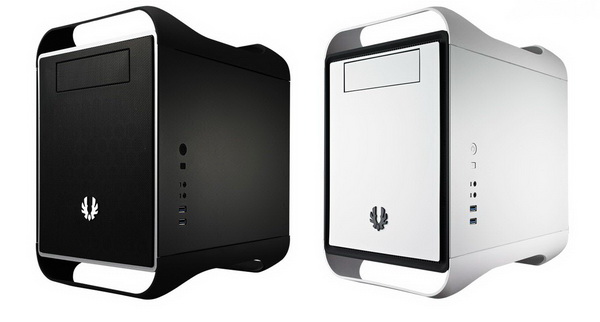
I've never been fond of HTPC (mini-ITX) systems mainly because they offer very little in terms of performance so especially for someone in my line of work that's extremely important. Now as some of you know i do own a basic HTPC system (Intel ATOM/Nvidia ION) which i rarely use but the small enclosure it's housed in (Antec ISK3100-150) doesn't leave much space for anything else aside the mainboard, memory modules, an slim optical drive and a 2.5" hard disk drive. Of course there are quite a few larger HTPC cases in the market (such as the V353 by Lian-Li) that offer superior build quality and a more spacious interior for enthusiasts but the end result is not really that different mainly due to the design of the interior. Well Bitfenix seems to be aware of that issue and so just recently they launched their own HTPC (mini-ITX) solution, the quite impressive Prodigy.
Focused on combining superior design with the latest advances in technology, BitFenix creates state-of-the-art computer hardware and peripherals that blur the line between man and machine. Users shouldn't have to adjust themselves to the way their hardware works. So, we strive to put the user in complete control of his hardware, so that it functions as an extension of his will, and not as another variable he has to compensate for. In the heat of battle, the user should not have to worry about the state of his equipment, which is why BitFenix products are engineered to perform under even the most extreme conditions. No matter how taxing the situation, users can rely on the strength of BitFenix products to perform as they are intended. Finally, BitFenix is about performance. In the top levels of competition, the difference between first and second place can be razor-thin, which means that every advantage counts. BitFenix is about making high-performing products that give users an edge. BitFenix is the result of the collaboration of several veterans in both the technology and gaming industries. From the same minds behind some of technology’s most venerable products, our goal is to create products that grant the user the utmost control, strength, and performance to complete their computing tasks. We understand that some of the most innovative and novel concepts come from the community itself, which is why we take great steps to listen to the needs of our users and develop optimal ways to integrate their ideas into our products. By working closely with the global community, BitFenix is able to engineer solutions that directly address the needs of our users. Combining a deep understanding of gaming and other high-demand computing applications with superior engineering and design know-how, the BitFenix team is dedicated to creating the go-to computing products and peripherals for those who refuse to quit.
Size-wise the Prodigy is certainly not the smallest mini-ITX PC case you can find, far from it since it's almost 3 times larger than the ISK310-150 by Antec which I’ve been using for the past couple of years. However that also means a more spacious interior for your precious hardware components and so the Prodigy comes ready with space for an 240mm radiator, 170mm tall CPU Coolers, full size PSUs (up to 160mm in length) and 320mm long graphics cards. So it's crystal clear that since such a spacious interior is something we don't encounter with mini-ITX PC Cases at all (at least not anywhere around the price range) the Bitfenix Prodigy is a catch right from the get go. However a spacious interior is not the only thing offered by the Prodigy so let's keep moving and see just what you can expect from it.
SPECIFICATIONS AND FEATURES


PACKAGING AND CONTENTS
As usual for a Bitfenix case the Prodigy arrived inside a plain cardboard box with a large company logo on the front placed right above the packed model name.
A small product drawing is present at the left side right above a table with its specifications.
The version color and serial number are present at the right side of the box.
The features of the Prodigy are showcased at the rear of the box with the helo of three drawings.
Two Styrofoam spacers and a plastic bag protect the tower during shipping.
The Prodigy comes bundled with a quick installation guide, cable holder and a plastic bag with all the necessary installation screws and mounts.
THE PRODIGY EXTERIOR
We received the white version of the Prodigy to review which to me is the best looking one of the bunch (currently available in red/orange/black/white). The Prodigy mini-ITX case measures a total of 359mm in depth, 250mm in width and 404mm in height.
As already mentioned the Prodigy is not as small as most HTPC cases and to show that we placed it right next to the Bitfenix Outlaw Midi Tower.
I really would like to see a clear plastic (plexi) window on the left side but instead we see what seems to be an area for extra intake fans.
Unfortunately this is not the case and so this is just an perforated section to improve airflow in the interior.
The design/lines of the front fascia is very simple but thanks to the top/bottom handle-like feet it looks a lot better.
A full 5.25" optical drive bay is present at the top end of the fascia while on the lower section we see the Bitfenix logo.
There are several holes surrounding the front fascia which clearly indicates the existence of an intake fan behind the fascia.
Surprisingly enough the right side panel is more impressive than the left one and so here we see that Bitfenix has placed the I/O panel which includes the On/Off/Reset buttons, headset/microphone plugs (mini jacks) and two USB 3.0 ports.
There's a large perforated section at the top of the Prodigy which can be removed at the push of a switch.
Beneath that you can either install 2x120mm exhaust fans or an 240mm radiator, it's clearly your choice.
The rear of the Prodigy is also white and has some interesting features.
First of all the Prodigy comes ready with an 120mm exhaust fan, you can however replace it with an 140mm one of your choosing.
We also see two PCI expansion slots which are secured in place with the help of rubber coated thumbscrews.
Finally the PSU space is at the bottom (you will need to remove the four thumbscrews first, attach the plate on the PSU and then place it back on).
At the bottom we see a somewhat large air filter (for the PSU) and 6 screws (these hold the bottom drive tray in place).
Bitfenix has only used rubber coated thumbscrews with the Prodigy something which i hope becomes a standard soon.
THE PRODIGY INTERIOR
Both side panels are quite thick but on the right side panel we also find a vertical mounting space for two 2.5" drives.
As you can all see the interior of the Prodigy is like a cut down version of that offered by midi towers.
There are two drive cages in the Prodigy adding to a total space for 5 drives (3.5/2.5").
I would like to see sturdier trays but that shouldn't be a problem.
The optical drive bay however is secured in place with regular screws.
If you want to use a graphics card solution longer than 180mm you can remove the top drive cage to get up to 320mm of space.
There's a second pre-installed 120mm fan behind the front fascia which you can either keep and add a 2nd 120mm one above it or replace it with an 140/180/200/230mm one.
Unfortunately neither of the two pre-installed fans features a protective grille (we haven't seen a protective grille from any manufacturer in ages) so you should be cautious when routing cables near them.
In the PSU space you can install modular PSUs up to 140mm long and non-modular ones up to 160mm.
BUILDING THE SYSTEM
As always the purpose of this section is not to build a fully working system but rather to showcase what you can expect from the case at hand in terms of interior space.
I recommend starting your build by installing the PSU first and routing its cables.
Mounting the hard drives into the trays is not hard you just need to decide where to put them (airflow-wise).
After also installing the mainboard it's quite evident that the Prodigy has plenty of space for tall CPU Coolers (170mm).
As mentioned you can install 320mm long graphics cards by removing the top cage (it's also best to use the lower cage trays for drivers by default).
NOISE LEVEL TEST

After giving it much thought we decided on performing noise tests with each PC Case we receive by placing our ExTech HD600 vertically ontop of each case to measure the noise levels emanating from the pre-installed fans at both 50% and 100% with the help of a fan controller.
CONCLUSION
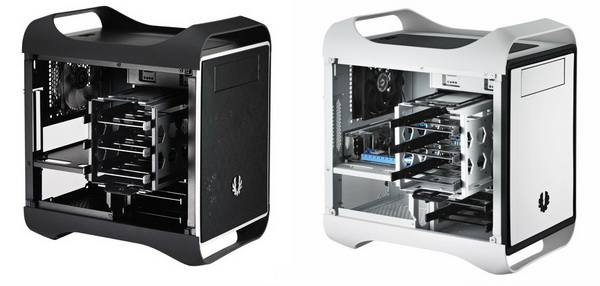
I'm not really into HTPC/mini-ITX cases and I’ve said that time and again both when talking with friends but also in quite a few of my reviews, however thanks to its design, spacious interior, room for up to 5x3.5"/2x2.5" (2x3.5"/2x2.5" if you use a long graphics card) and the quite impressive cooling potential (240mm top radiator space/230mm front fan) the BitFenix Prodigy is currently the only such PC Case I’d use when building a primary/secondary system. There are certainly some limitations such as only 2 PCI expansion slots and the limited cable management you can do but the same exact drawbacks apply for every mini-ITX PC Case out there so these are mostly taken as something granted when you purchase such a product.
Right from day one BitFenix has aimed to manufacture cost-effective products aimed towards casual users and gamers who can't afford to spend their entire salary to purchase a good PC Case and with a current price set at around USD80 inside the USA and around 80Euros inside the EU (Overclockers.co.uk) the Prodigy Mini-ITX PC Case is a very good example of that. It's not the perfect mini-ITX PC Case and there are quite a few out there featuring better overall build quality but lack most of its features (most noticeably the 240mm radiator/230mm fan spaces) and cost a lot more so in the end the Prodigy offers the best bang for your buck and that's why it receives our Golden Award.

PROS
- Overall Build Quality
- Design
- Size
- Spacious Interior
- Top 240mm Radiator Space
- Front 230mm Fan Space
- Two Cages With Room For 5x3.5"/2.5" Drives
- Right Panel Space For 2x2.5" Drives
- Space For Graphics Cards Up To 320mm Long
- Space For Power Supply Units Up To 160mm Long
- Space For CPU Coolers Up To 170mm Tall
- 2 USB 3.0 Ports
- Price (For Some)
CONS
- Mini-ITX Limitations (2 PCI Expansion Slots / Limited Cable Management Space)
- Build Quality Could Be Better (For The 4 Handles Mostly)

 O-Sense
O-Sense






























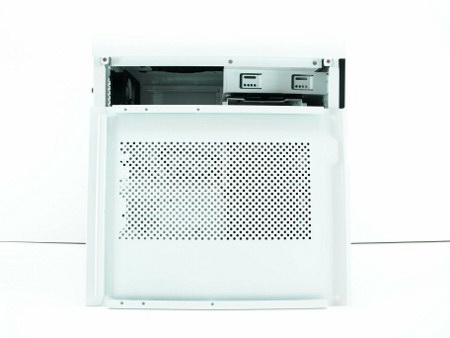
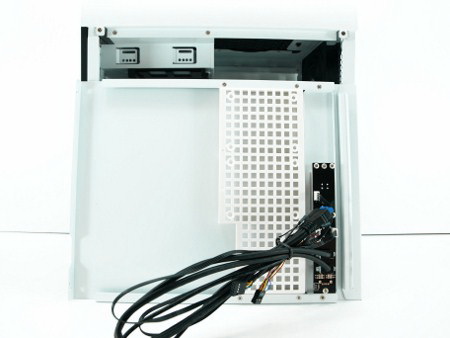
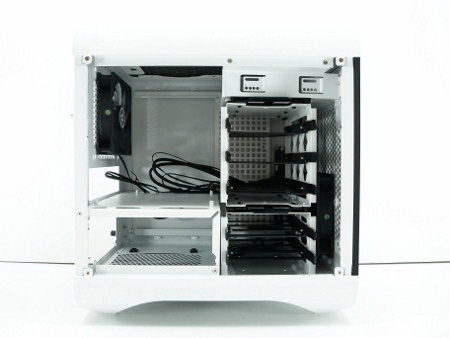
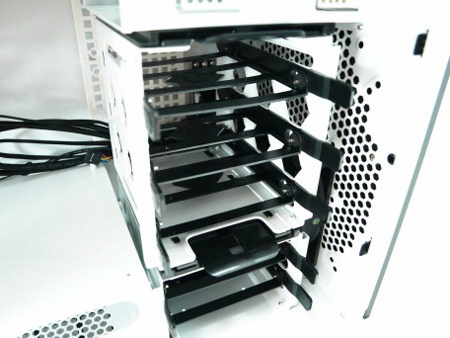
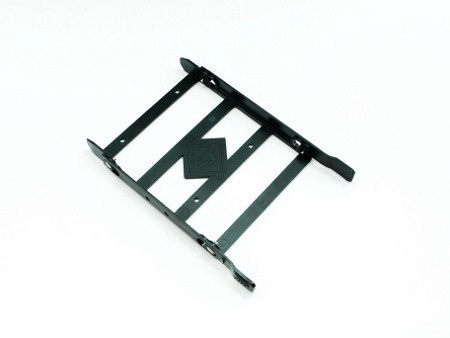
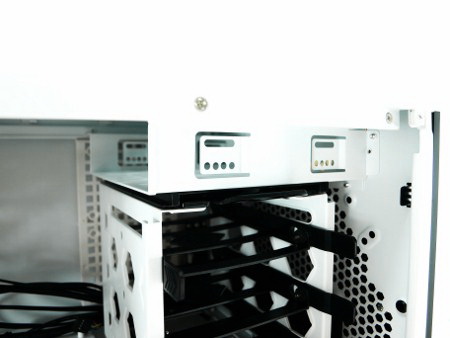
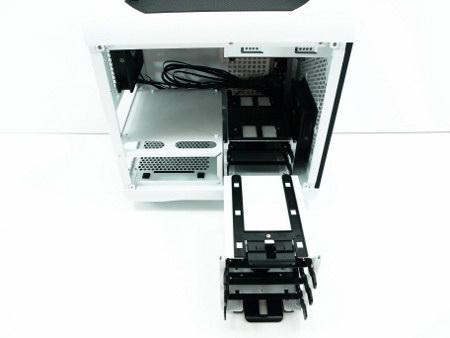
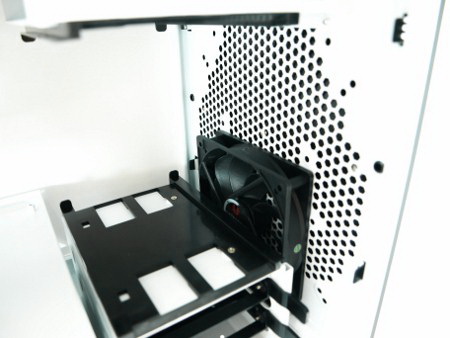
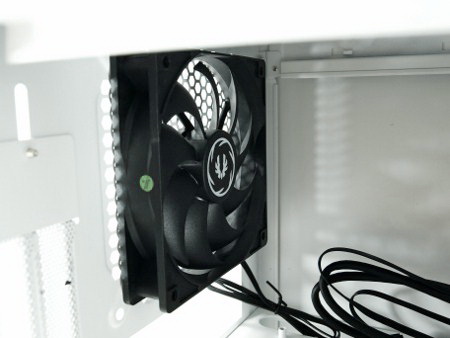









.png)

